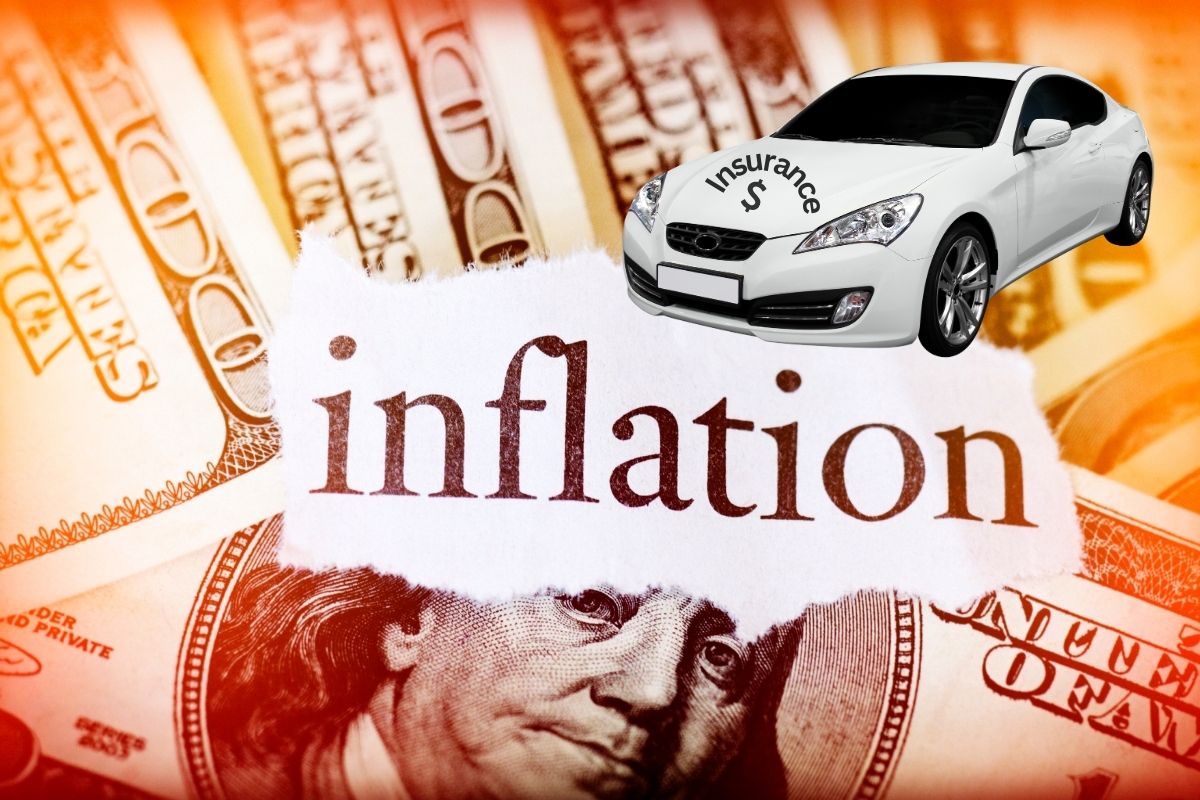Though there are many factors that have combined to push inflation rates paid by motorists are a large one.
Though there has been an easing in the growth rate of inflation in the United States during the last twelve months, auto insurance premiums have been identified as a notable driver of the ongoing trend.
Rapid growth in rates paid for coverage has played a role in stopping consumer prices from falling.
In December 2023, consumers prices increased by 3.4 percent on average when compared to the same month in 2022, according to data recently released by the Labor Department in its Consumer Price Index. That was a larger increase than the 3.2 percent prediction made by economists that were polled by Reuters, and was higher than the 3.1 percent year-over-year increase measured in November.

There were several culprits for the rising consumer product prices, which certainly included the extraordinarily high price of home buying and renting. That factor alone is believed to have been responsible for almost two thirds of the increase.
That said, auto insurance recently underwent annual increases that were the largest seen in almost half a century, and it appears unlikely that these will be the last hikes drivers will be seeing for a while.
As a result, auto insurance rate increases are playing a notable role in keeping inflation high.
“The behavior of the MVI (motor vehicle insurance) component of the CPI has truly been remarkable, and I don’t see any evidence of near-term relief,” said a Jeffries US economist, Tom Simons.
In December 2023, auto insurance premiums were up by an average of 20.3 percent when compared to the same month in 2022. That represents the biggest increase in rates the industry has seen since the 1970s, according to government data.
Throughout last year, premiums have been rising monthly. From December to January, a 1.5 percent average increase has already been recorded. That growth rate aligns closely with the monthly increases measured throughout 2023. That rate is greater than any monthly increase that was experienced during the length of the worst years of the COVID-19 pandemic.

